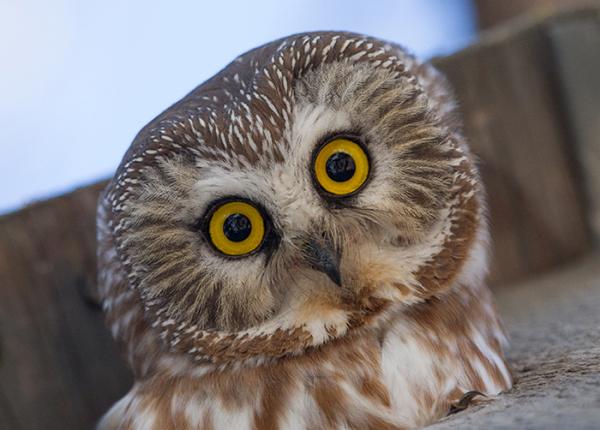Short Eared Owls are widely distributed, having made their way to all continents but Australia and Antarctica. They even found their way to Hawaii long enough ago they have changed into their own subspecies, the Pueo.
They can travel great distances and have been spotted hundreds of miles out to sea.
A surge in vole population is aiding the study of owls in Europe.
From Agencia EFE via Yahoo Noticias
Un estudio revela los sorprendentes movimientos de los búhos campestres en Europa y África
Study reveals surprising movements of short-eared owls in Europe and Africa
17 January 2024
An international study, which included the participation of scientists from the Research Group on Hunting Resources and Wildlife Management of the Hunting Resources Research Institute and the Doñana Biological Station (EBD – CSIC) in Spain, reveals the surprising movements of short-eared owls throughout Europe and North Africa.
This study provides new data that will allow us to better protect and conserve this declining species.
Specialized in the capture of small mammals, the short-eared owl (Asio flammeus) is a nocturnal raptor with an extensive geographic distribution, and its appearance and disappearance from wide regions has fascinated ecologists for decades, since it was a bird that lacked key information regarding their movements and degree of connectivity between populations, the authors of the study stated in information provided to EFE this Wednesday.
The study of these movements was achieved thanks to advances in tracking technologies, since the research results were obtained by tagging 47 short-eared owls from various places in Europe (Iceland, Scotland and Spain) with GPS devices.
The results show an unexpectedly large degree of movement in the tracked individuals, with some of the tagged birds traveling widely across Europe and North Africa.
Some individuals were followed during nesting over two seasons, and the distances between nesting sites used by the same individuals in consecutive years ranged between 41 and 4,216 kilometers. (25 - 2600 miles)
The researchers said that as far as is currently known, these distances “represent some of the longest known distances between nesting sites of any bird.”
Specifically, it was the information provided by a female marked in her nest in Scotland, which she bred twice in the same year, once in Scotland and once in Norway.
These surprising movements appear to be due to the need to find places with enough prey to raise large broods, the scientists said.
The abundance of short-eared owls’ favorite prey, the vole, can vary markedly, both in time and space, making these rodents an unpredictable food resource.
Although short-eared owls can change prey when voles are not available, their most common response is to move to other areas, which results in nomadic movements, although this has its consequences in terms of survival: less than half of adult individuals survive from one year to the next.
The types of movements recorded in this study, as well as their scale, imply that there are no separate populations of short-eared owls in much of Europe, but rather that there is a single, potentially integrated population across most of the species’ range.
This new knowledge has significant implications for attempts to protect and conserve the short-eared owl, as it highlights the need to collect information on its populations at sufficiently large and long-term geographic scales, and highlights the need to plan conservation measures for this species. species on larger scales than had been considered until now.


Voles get talked about a lot here, but what is a vole?
Voles are rodents a bit larger than mice, but smaller than rats. They’re more stout and rounded, and are active at dawn and dusk while mice are more nocturnal.
I read the first one as Beer Mouse at first and was very amused and then kinda bummed out…
Those Germans have to have a beer mouse around somewhere…
If not, we’re gonna make one for them!
It couldn’t possibly take long to get a mouse drunk… 😆